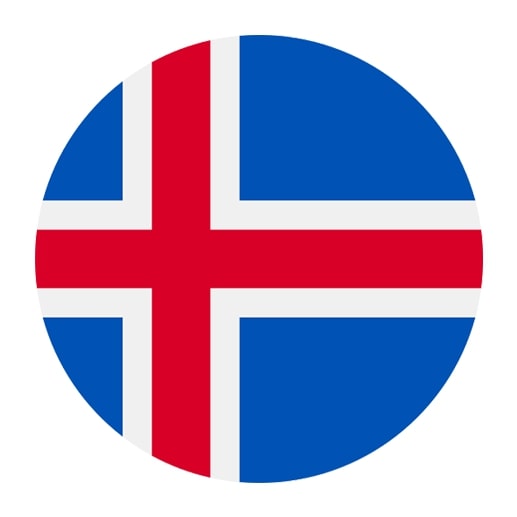Icelandic Grammar Exercises
Ready to strengthen your Icelandic skills? Practicing grammar exercises is a great way to master sentence structure, verb forms, and the unique features of the Icelandic language. Start exploring Icelandic grammar today and watch your confidence and fluency grow with each exercise!
Get started
The most efficient way to learn a language
Try Talkpal for freeIcelandic Grammar Topics
Icelandic, a North Germanic language spoken by more than 300,000 people, is the official language of Iceland. Known for its complex grammar and rich vocabulary, Icelandic has a unique charm that attracts language learners from all over the world. With its roots in Old Norse, Icelandic has a strong literary tradition that dates back to the Viking Age. In this article, we will explore the key Icelandic grammar topics that will help you understand and master this fascinating language, from the basics such as nouns and verbs to more complex structures like conditionals and prepositions.
1. Nouns
Start by learning the basics of Icelandic nouns, which encompass people, places, and things. Icelandic has three grammatical genders (masculine, feminine, and neuter) and four cases (nominative, accusative, dative, and genitive). Understanding these aspects is essential for proper declension and agreement with other parts of speech.
2. Articles
Icelandic does not have indefinite articles, but it does have definite articles which are attached to the end of a noun. Learn how to form the definite article for each gender and case, as this will help with proper noun usage.
3. Pronouns/Determiners
Icelandic has personal, possessive, reflexive, and demonstrative pronouns, as well as quantifiers and interrogative determiners. Familiarize yourself with these pronouns and determiners and their respective declensions to ensure proper agreement and usage in sentences.
4. Adjectives
Adjectives in Icelandic must agree in gender, number, and case with the noun they modify. Learn the different declension patterns for adjectives and how they change based on the gender and case of the noun.
5. Verbs
Icelandic verbs are conjugated according to tense, mood, and voice. Begin by learning the present, past, and future tenses, as well as the indicative, subjunctive, and imperative moods. Also, familiarize yourself with the conjugation patterns for regular and irregular verbs.
6. Tense Comparison
Understand the distinction between the simple and continuous forms of each tense. Icelandic does not have a progressive aspect like English, so learn how to express ongoing actions using other structures.
7. Perfect Progressive
Icelandic does not have a direct equivalent to the English perfect progressive tense. However, you can learn to express similar ideas using periphrastic constructions with auxiliary verbs and participles.
8. Adverbs
Adverbs modify verbs, adjectives, and other adverbs. Learn the various types of adverbs in Icelandic, as well as their placement in sentences.
9. Prepositions
Prepositions show the relationship between a noun or pronoun and another element in the sentence. Study the most common Icelandic prepositions and their respective cases to use them correctly.
10. Conditionals
Icelandic has three types of conditional sentences: real, unreal, and past unreal. Understand the structure and usage of these conditionals to express hypothetical situations and their possible outcomes.
11. Sentences
Finally, practice constructing different types of Icelandic sentences, such as declarative, interrogative, imperative, and exclamatory. This will help you develop a strong foundation in Icelandic syntax and overall language proficiency.








